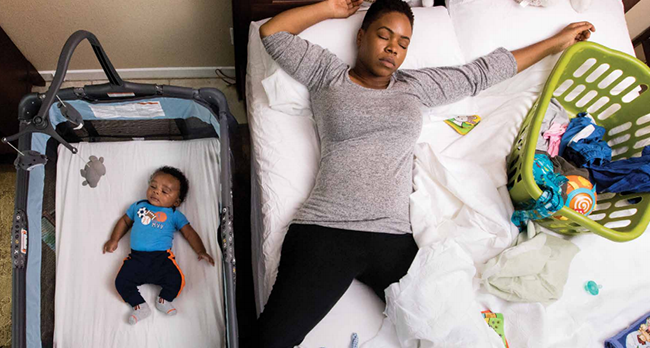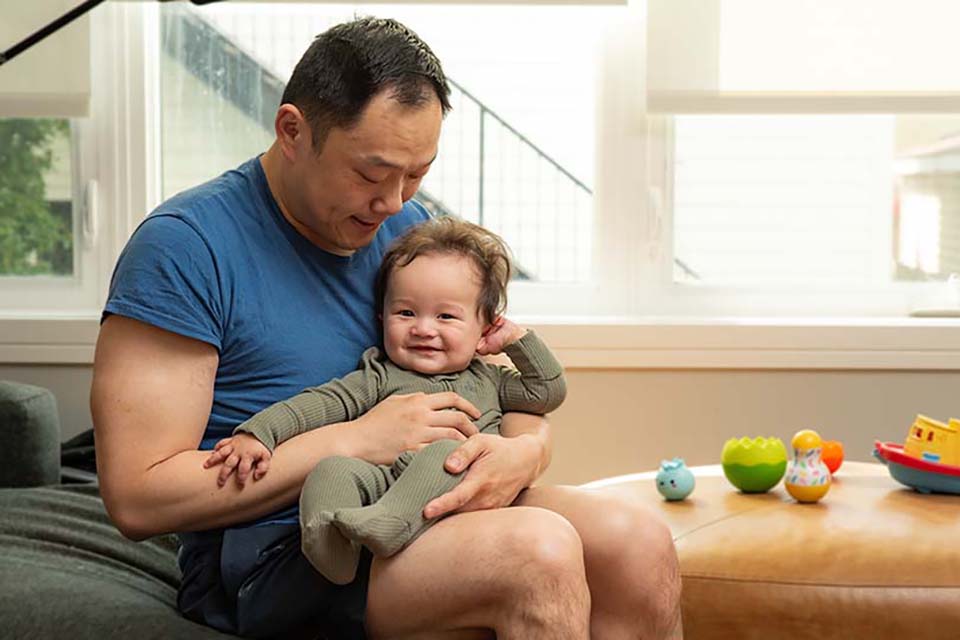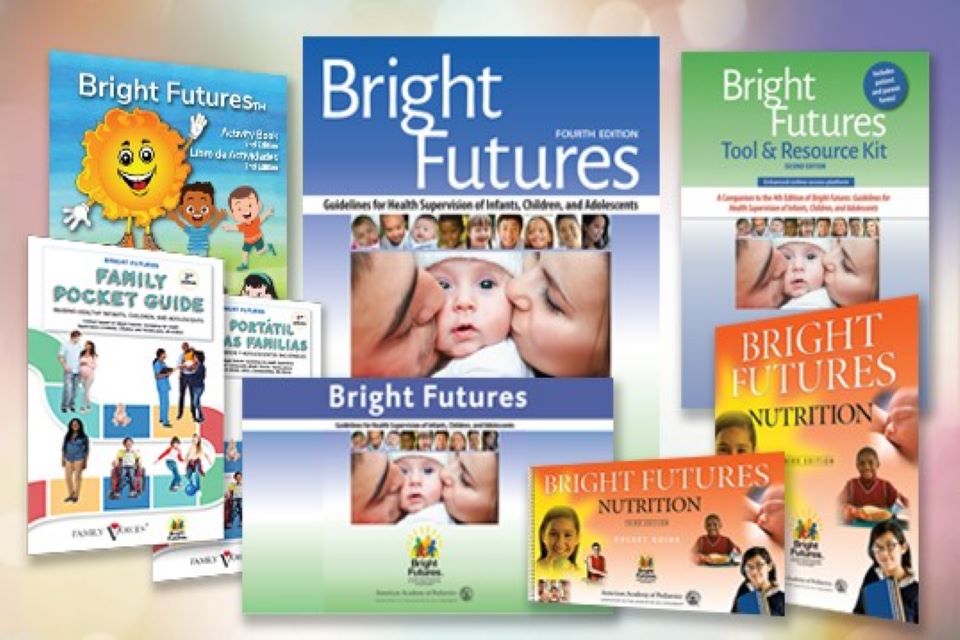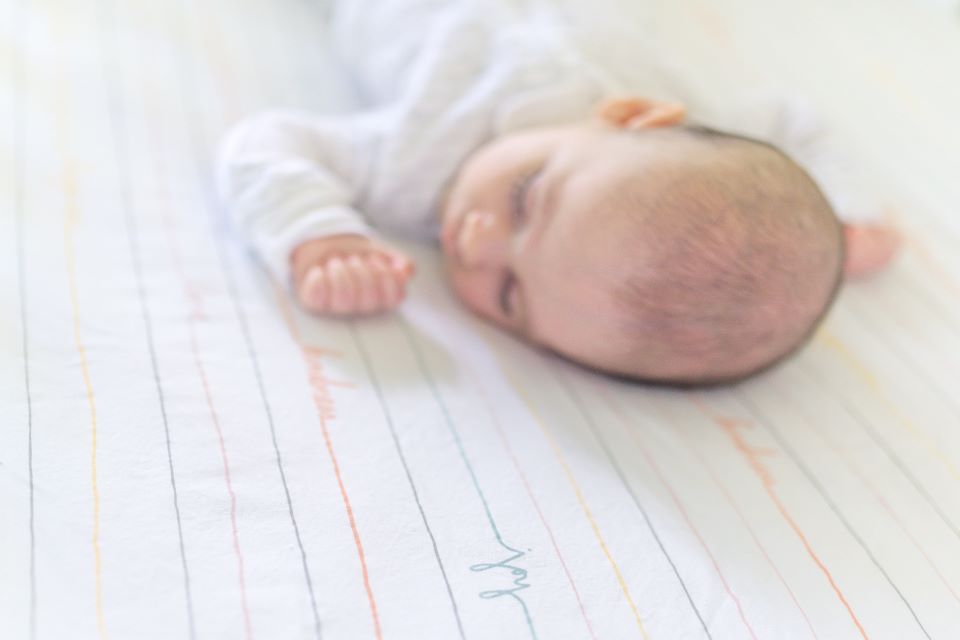

We’ve assembled a collection of tools and resources to help pediatricians and healthcare professionals provide education and guidance to parents and caregivers on infant safe sleep.
Watch these new videos that demonstrate how to respond to families and caregivers in a culturally sensitive, informative, and non-judgmental way to reinforce the critical message of practicing safe infant sleep.
SUID and Safe Sleep Overview
Sudden Unexpected Infant Death (SUID), which includes Sudden Infant Death Syndrome (SIDS), is the leading cause of injury death in infancy. Sleep is a big challenge for families with babies, but following safe sleep recommendations can prevent many SUID fatalities. Help the families in your practice learn how their babies can sleep safely so parents can sleep soundly.
The rate of sleep-related infant death declined significantly in the 1990s after the AAP and others recommended that babies be placed on their backs to sleep, but rates have since plateaued, and SIDS remains the leading cause of postneonatal mortality. Black and Native American/Alaska Native infants die at rates more than double that of white babies. Pediatricians should support all families in implementing recommendations that reduce the risk of sleep-related infant death:
- Place infants on their backs for sleep in their own sleep space with no other people.
- Use a crib, bassinet or portable play yard with a firm, flat mattress and a fitted sheet. Avoid sleep on a couch or armchair or in a seating device, like a swing or car safety seat (except while riding in the car).
- Keep loose blankets, pillows, stuffed toys, bumpers and other soft items out of the sleep space.
- Breastfeed if possible and avoid smoking.
AAP Safe Sleep Recommendations
The AAP provides evidence-based recommendations to prevent infant sleep deaths in the policy statement “Sleep-Related Infant Deaths: Updated 2022 Recommendations for Reducing Infant Deaths in the Sleep Environment.” The evidence supporting those recommendations is outlined in an accompanying technical report.
Sudden Unexpected Infant Death (SUID) Prevention Program
The Sudden Unexpected Infant Death (SUID) Prevention Program is an effort by the American Academy of Pediatrics to provide evidence-based counseling and education to infant caregivers and families, and to guide system improvements to reduce overall rates of SUID and racial and ethnic disparities in SUID.
Professional Tools & Resources
Resources for Families
Last Updated
07/07/2025
Source
American Academy of Pediatrics







